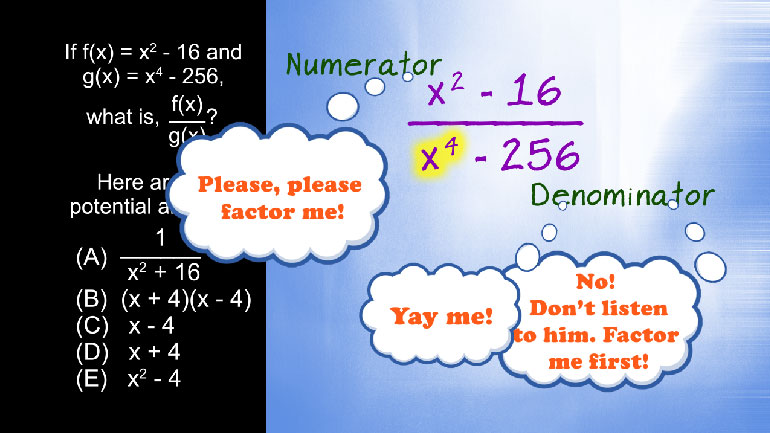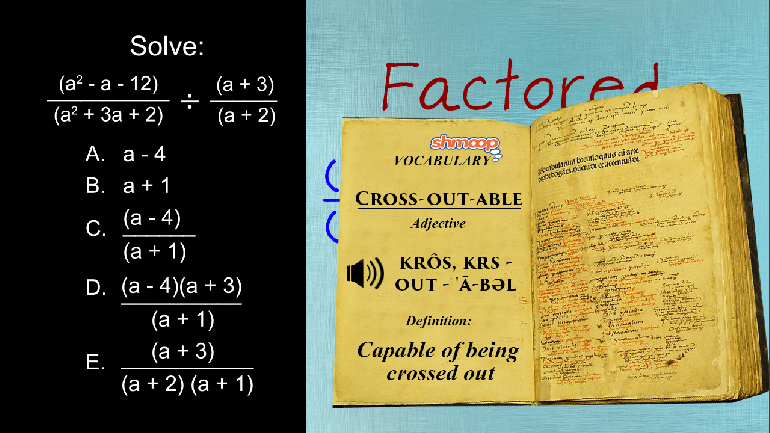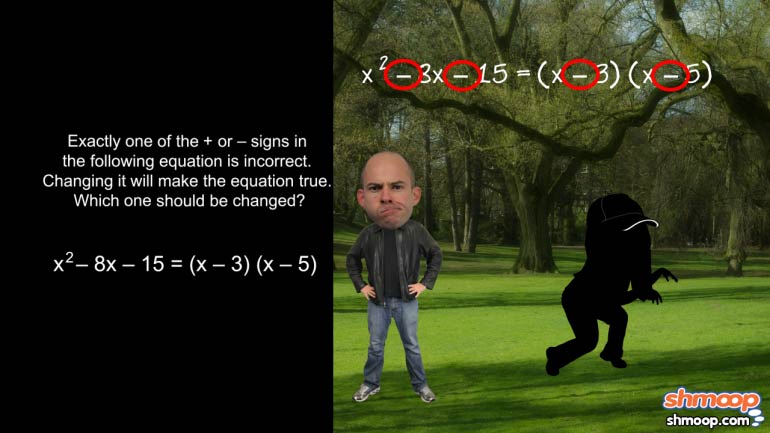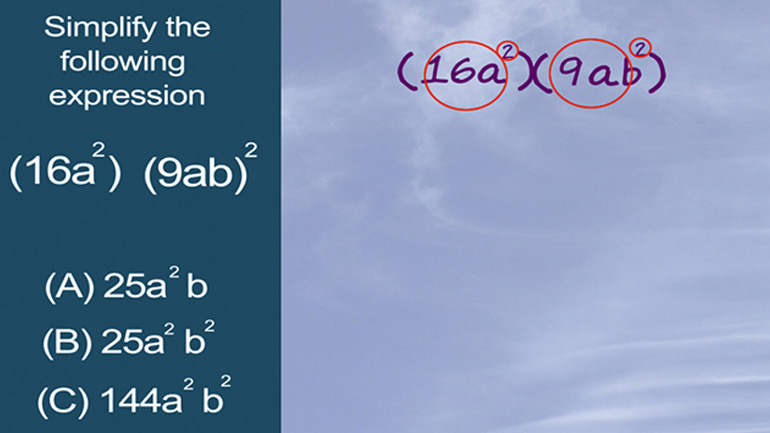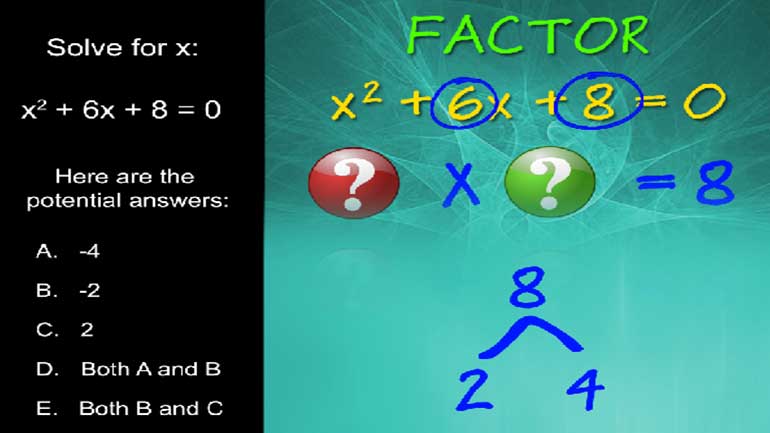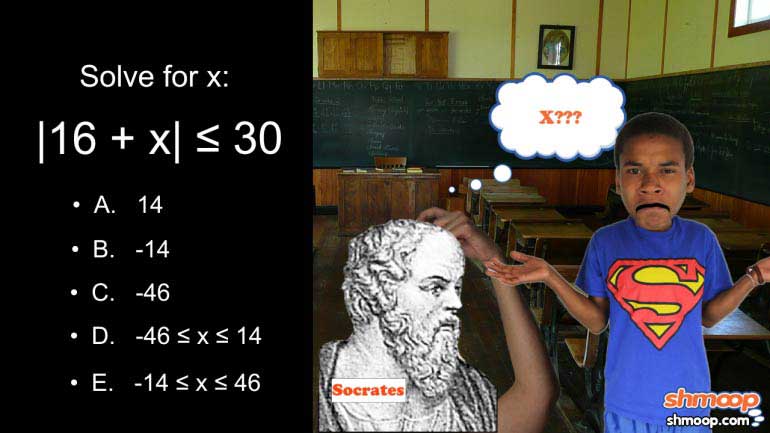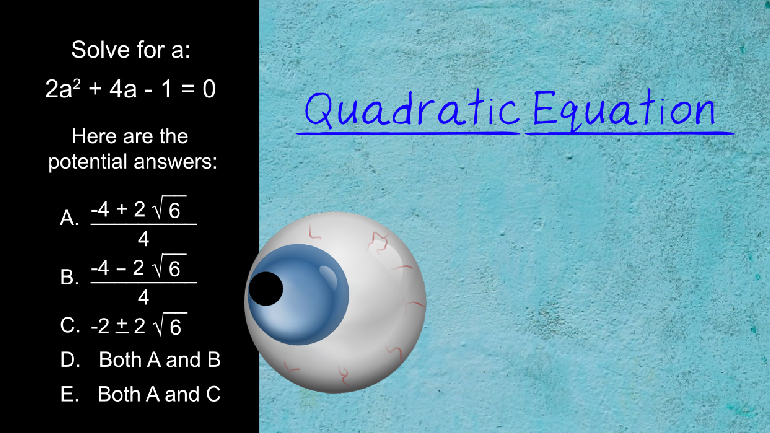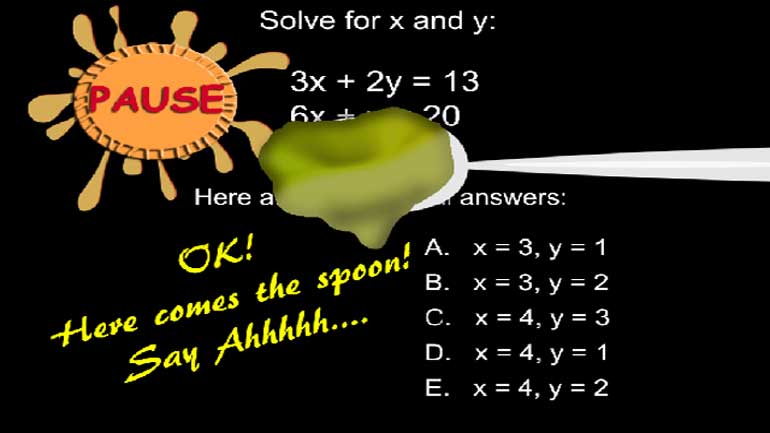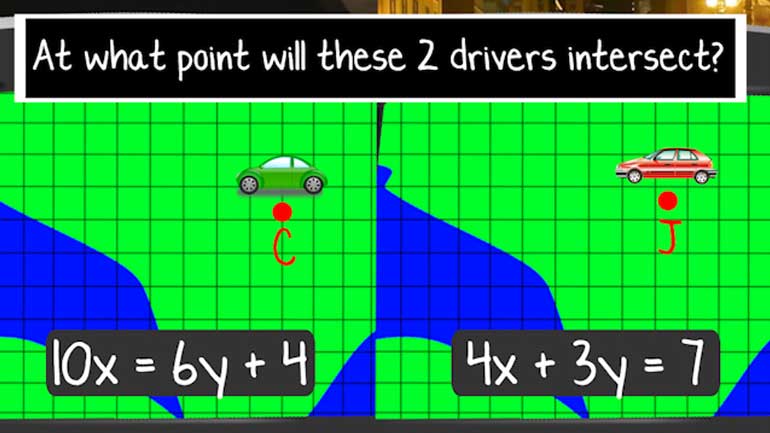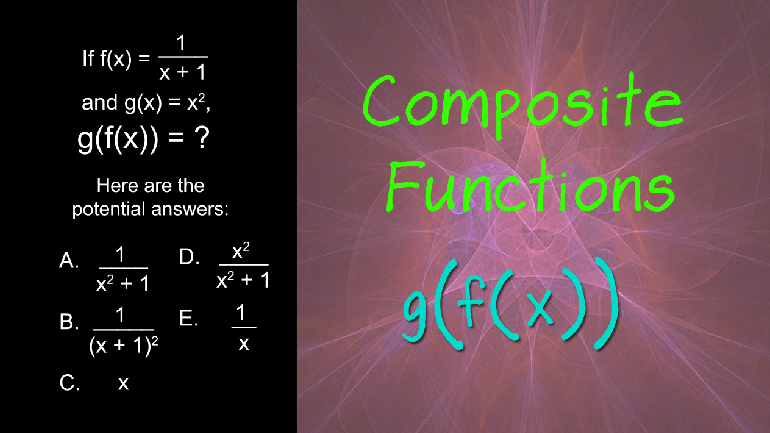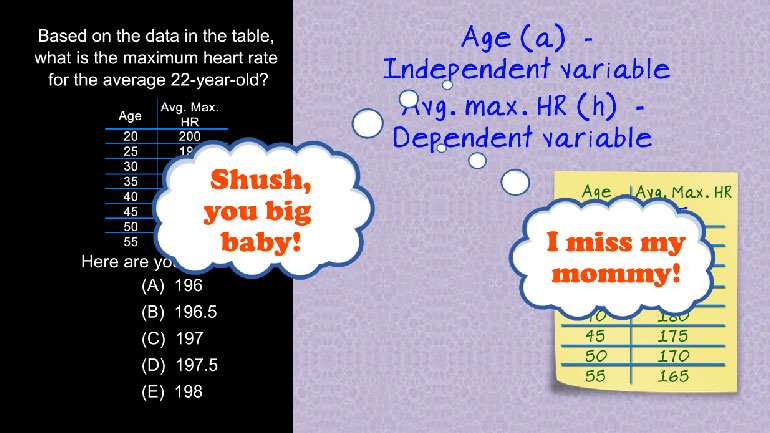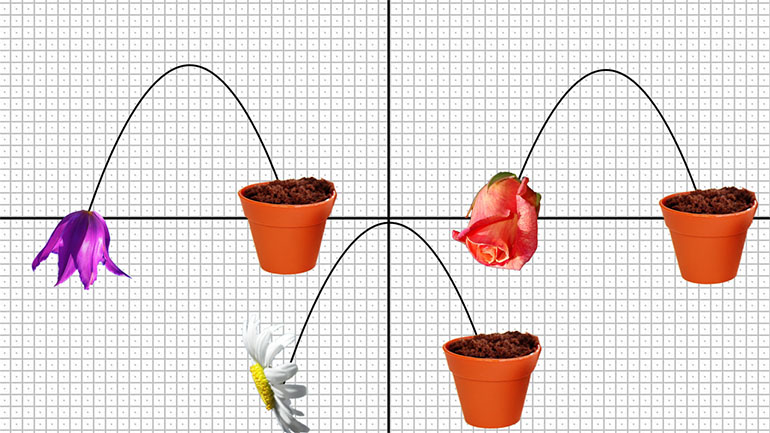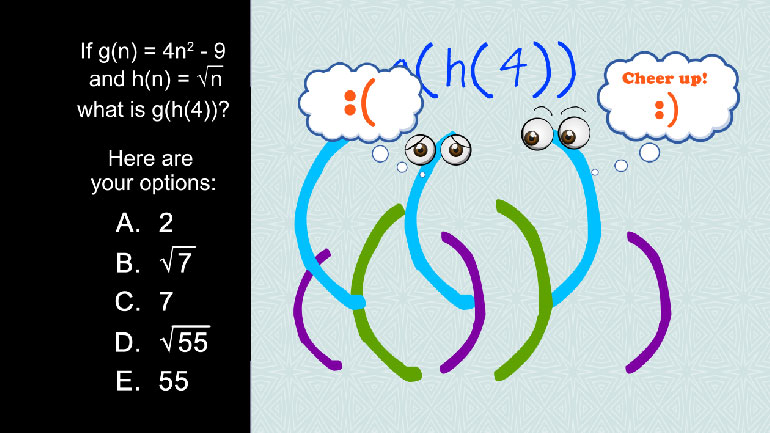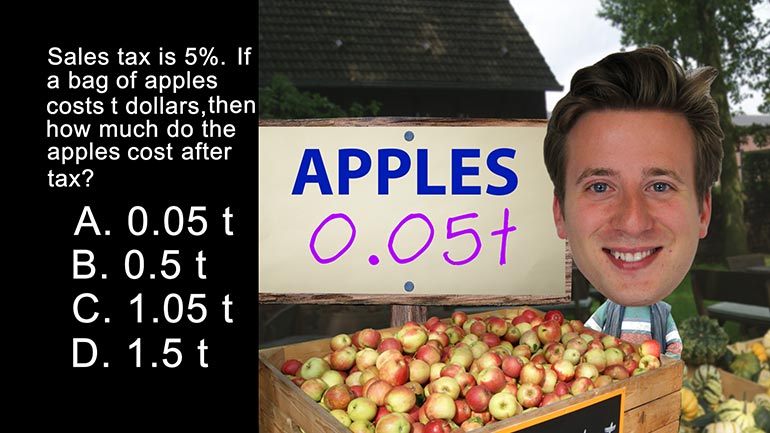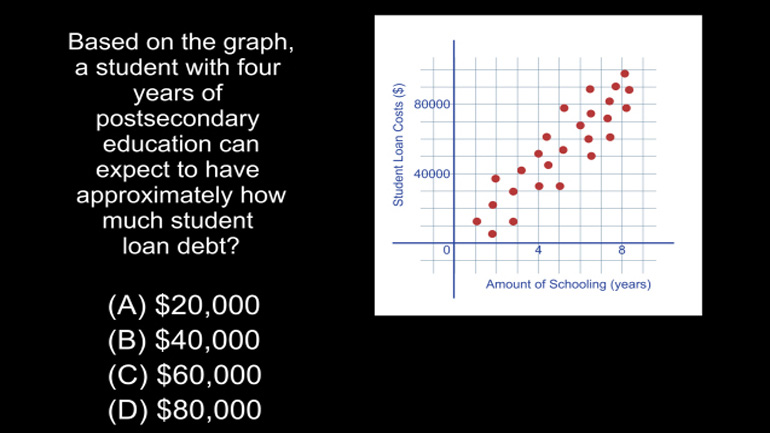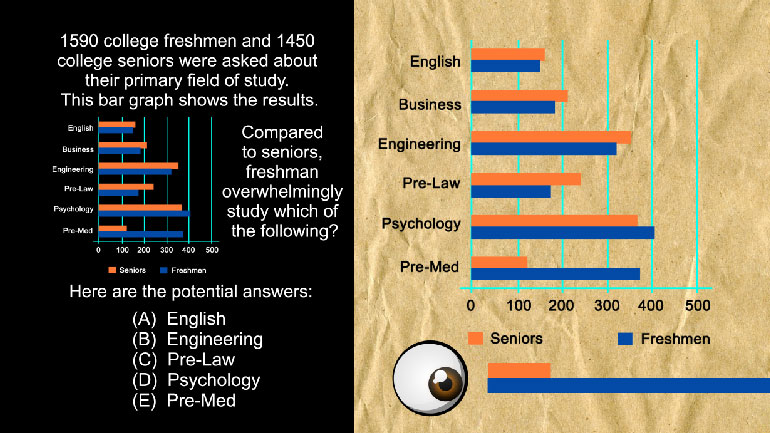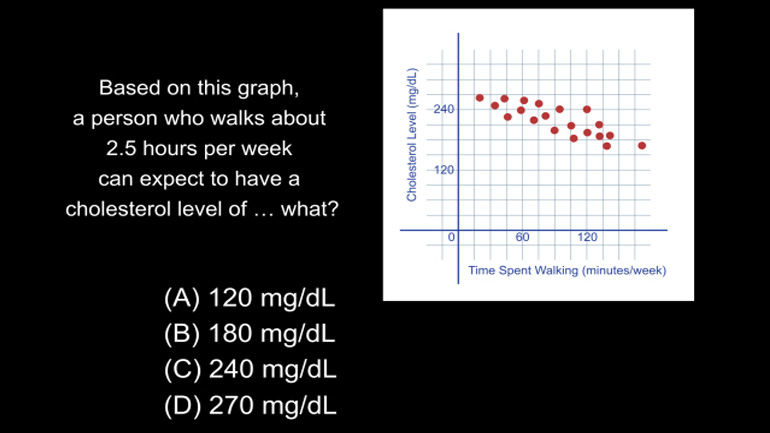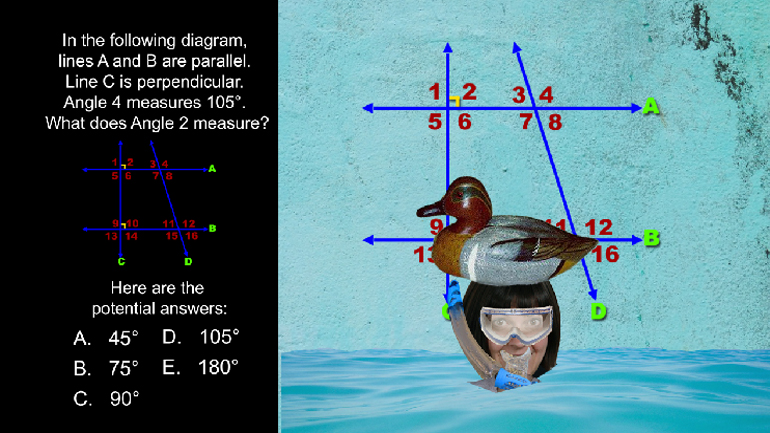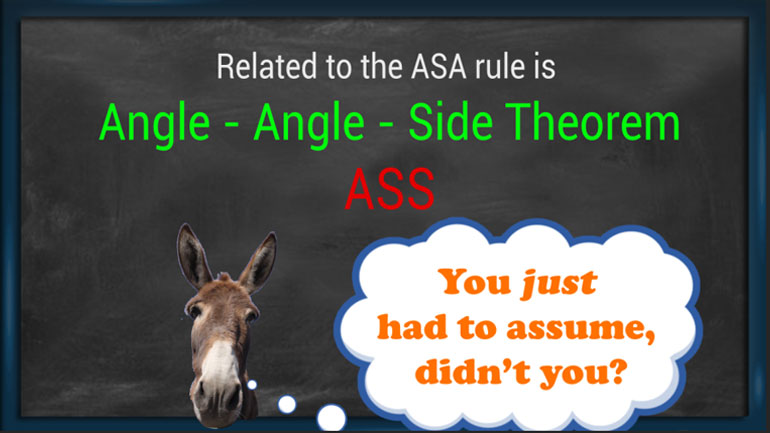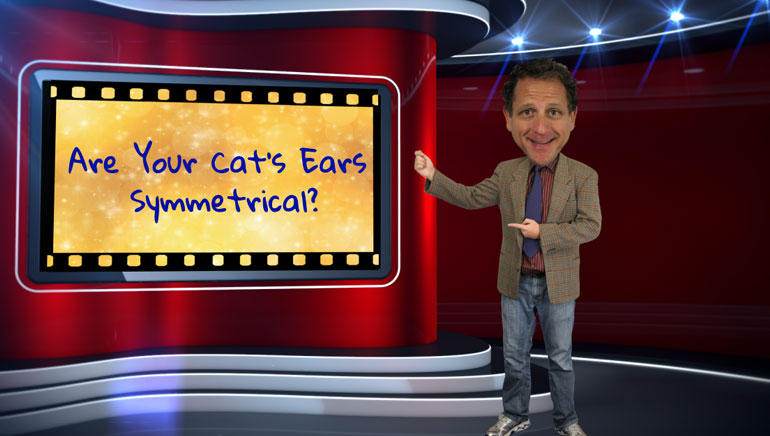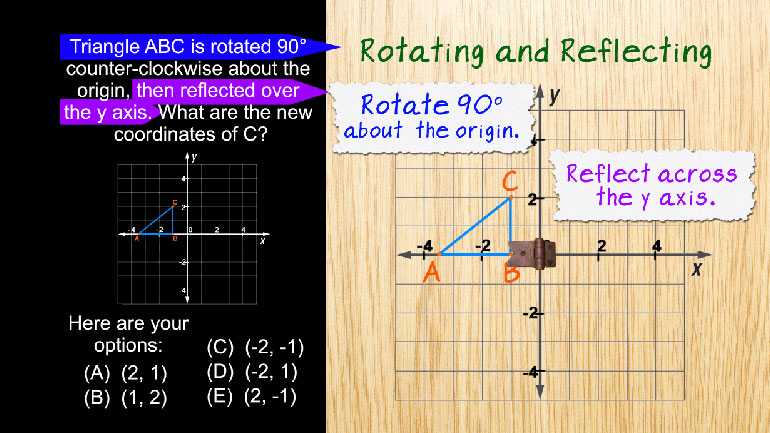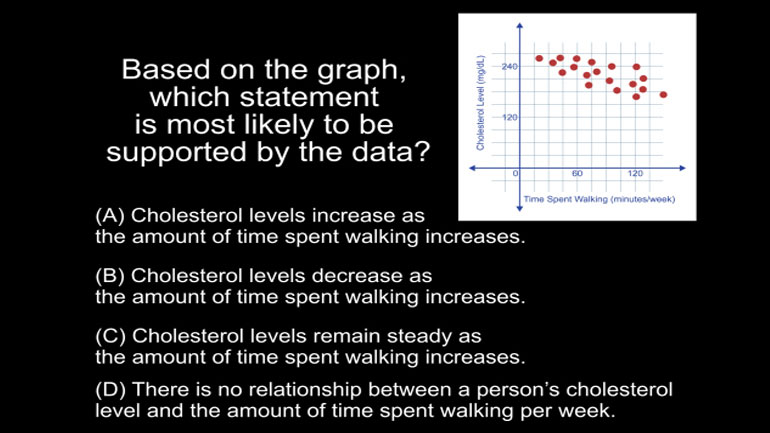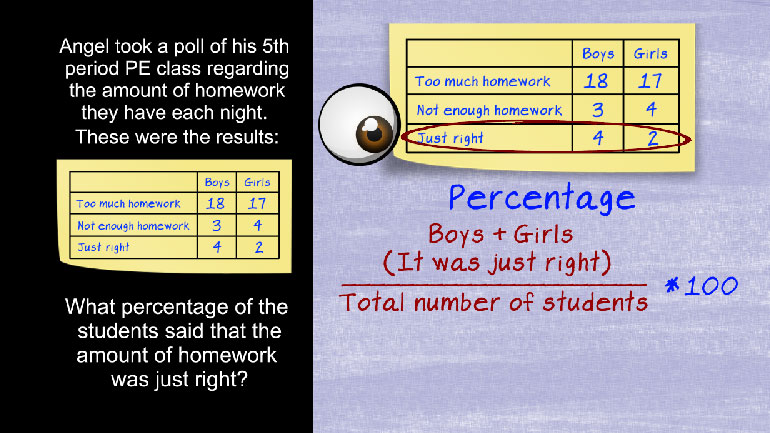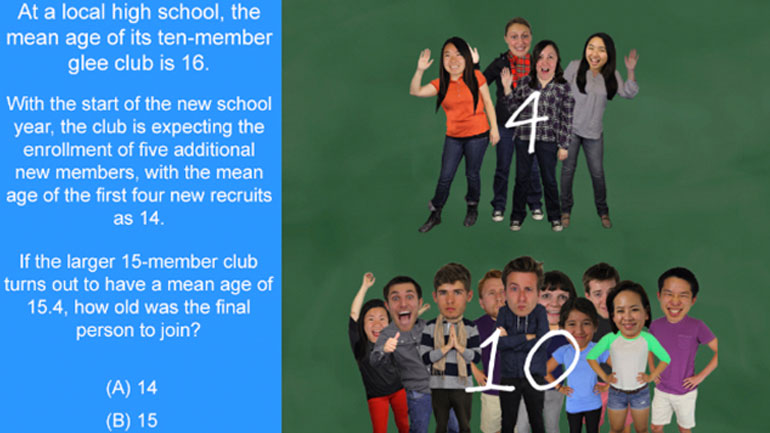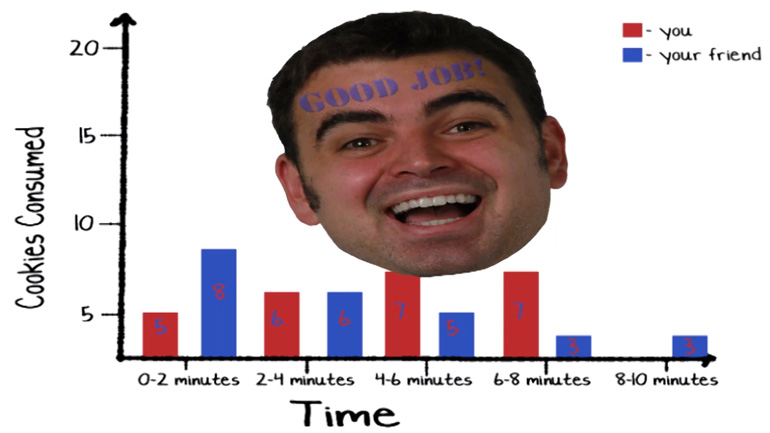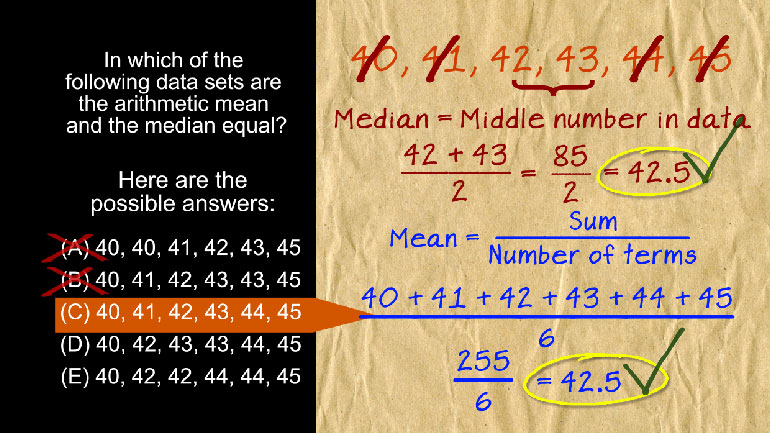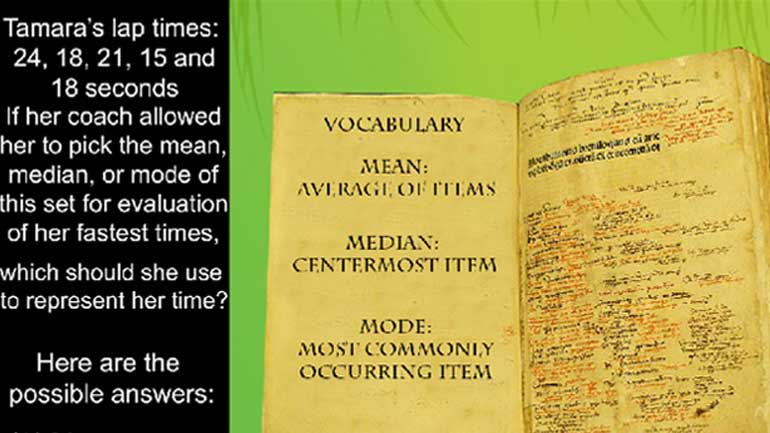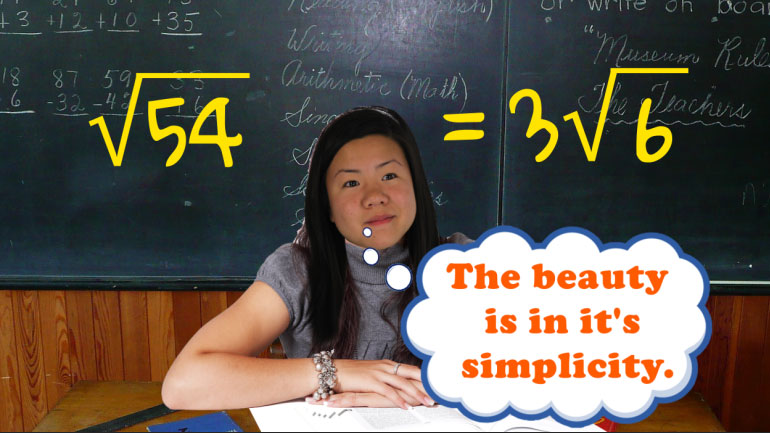ShmoopTube
Where Monty Python meets your 10th grade teacher.
Search Thousands of Shmoop Videos
Math I Videos 77 videos
This video covers how to use cross products to solve for a missing number in a proportion by setting that proportion with a variable over the produ...
GED Math 2.4 Rational Numbers. Lucius's favorite restaurant is how many km from his home?
Piecewise Functions 6150 Views
Share It!
Description:
Don’t even think about starting up your combo lemonade/fro-yo stand without first making sure you understand piecewise functions. You’re just asking for your stand to... fall down.
- Functions / Analyze functions using different representations
- Functions / Analyze functions using different representations
- Functions / Analyze functions using different representations
- Functions / Analyze functions using different representations
- Functions / Analyze functions using different representations
Transcript
- 00:04
Piecewise Functions, a la Shmoop. John Lemon and Yoko Froyo run an unusually
- 00:11
successful and longstanding lemonade and yogurt stand in a highly populated metropolitan area.
- 00:16
It’s the end of a long day, and time to chart the daily earnings.
- 00:21
From 6 AM to noon, John runs the stand.
- 00:24
In order to attract people to the stand, he plays acoustic guitar and sings soothing,
Full Transcript
- 00:28
classic rock songs at no extra charge.
- 00:34
He makes about 8 dollars an hour. Not bad for a lemonade and yogurt stand.
- 00:42
John’s earnings can be represented by the equation f of x equals 8 “x,”…
- 00:47
…where 8 dollars an hour times “x,”… the number of hours worked since 6 AM… will
- 00:54
give us the monetary total.
- 00:57
At noon, John leaves to work on his music, and Yoko takes over the stand until 6 PM.
- 01:01
To attract people to the stand, she does various performance art pieces at no extra charge.
- 01:08
Unfortunately, she doesn’t have as many fans as John. She makes about 5 dollars an
- 01:13
hour.
- 01:15
Yoko’s earnings can be represented by the equation g of y equals 5 “y,” where y
- 01:22
is the number of hours worked since noon.
- 01:26
How do we combine these two equations into one earnings chart? The answer lies in a piecewise
- 01:31
function. We can create a comprehensive piecewise function
- 01:42
that takes into account both John and Yoko’s total earnings over the course of the day.
- 01:46
Here’s what the function looks like…
- 01:48
F of “x” equals 8 “x” when “x” is greater than or equal to zero, and less
- 01:52
than or equal to 6 since John works from 6 AM till noon...
- 01:57
…AND 8 times 6… that’s John’s 48 dollars from his shift… plus 5 times… x minus
- 02:03
6…
- 02:03
…when “x” is greater than 6 and less than or equal to 12, since the stand closes
- 02:08
at 6 pm, 12 hours after 6 AM.
- 02:12
“x” is equal to the number of hours worked since 6 AM, which is why the second half of
- 02:17
the function…
- 02:18
…which represents Yoko’s earnings…
- 02:20
…contains “x” minus 6.
- 02:22
Her shift doesn’t start UNTIL noon, so the six hours before the switch don’t apply.
- 02:25
And of course, F of “x” is the total earnings of the day.
- 02:30
And now everything can be shown on one chart. All we do is graph the function.
- 02:34
Both pieces are line segments, so two points per piece are sufficient to graph the function:
- 02:41
For the first line segment for when “x” is greater than or equal to 0 or less than
- 02:46
or equal to 6…
- 02:47
…we can plug in x as 0, to get (0,0) as one endpoint.
- 02:54
To get the other endpoint of the first segment, we can plug in x as 6 to get (6, 48).
- 03:03
For the second line segment for when “x” is greater than 6 and less than or equal to
- 03:12
12…
- 03:12
…we can plug in "x" as 6 to get (6,48) to see where the second piece picks up from the
- 03:25
first.
- 03:27
To get the end point of the last piece, we can plug in 12 into the 8 times 6 plus 5 times…
- 03:34
x minus 6…
- 03:35
…to get 48 plus 5 times 6… 5 times 6 is 30, so 48 plus 30 equals 78.
- 03:45
So our endpoint for the second line segment is (12,78).
- 03:49
Perfect, we can graph it now.
- 03:52
Piecewise functions are just big functions made out of smaller pieces of other functions.
- 03:57
John loves them so much, he even has a song about them.
Related Videos
We don't like knocking people down to size, but we do like simplifying radicals. Join us?
If fleeing criminals always fled the scene of the crime at perfect right angles, it would be much easier to determine their whereabouts. Fortunatel...
Okay, so this probably isn't going to help you master Pokemon Go, but game theory can be applied to all sorts of situations. Even stomping your old...
Today's video is about calculating central tendency. We'll lay out outliers and make means...meaningful.





